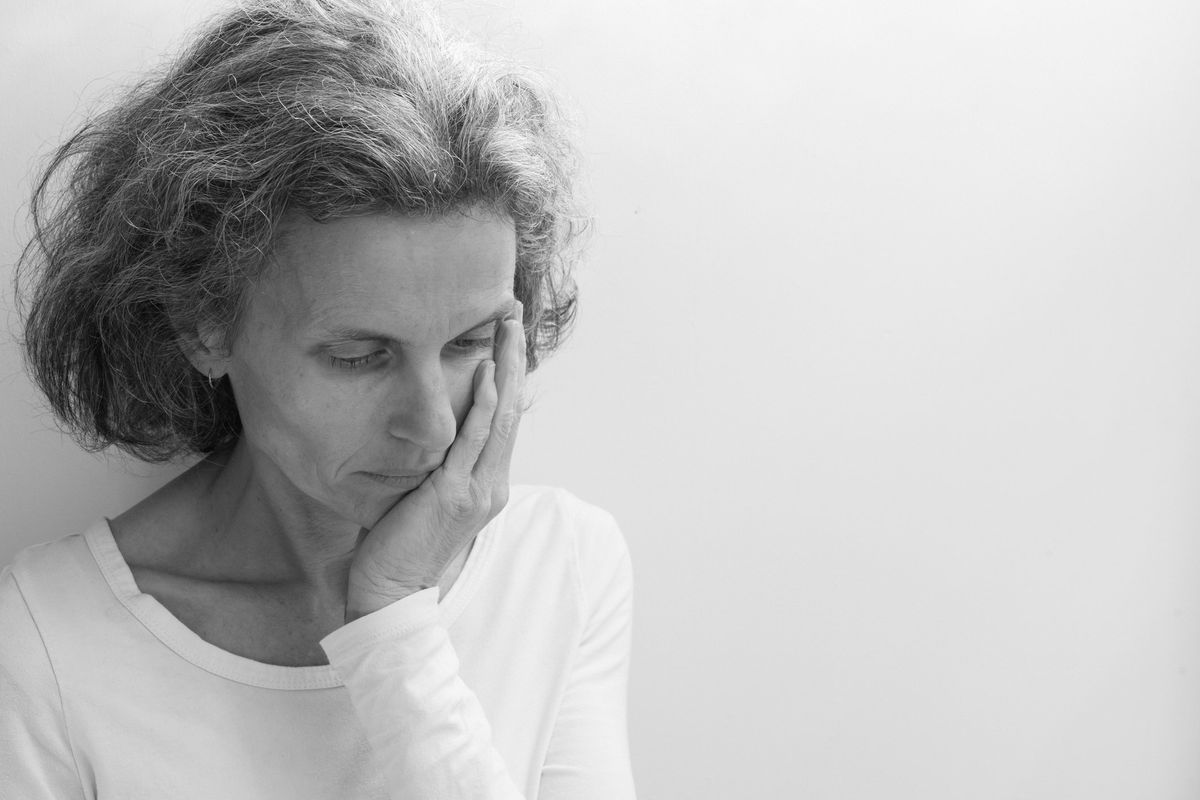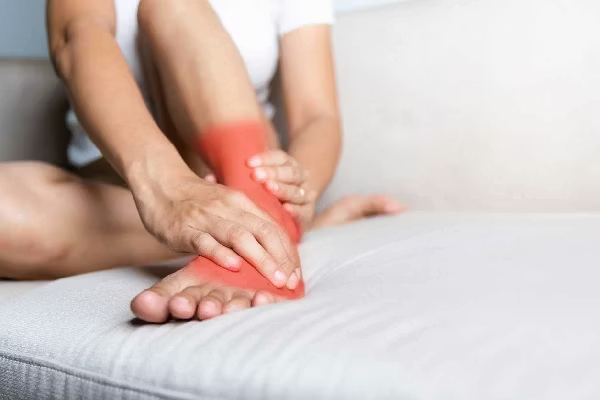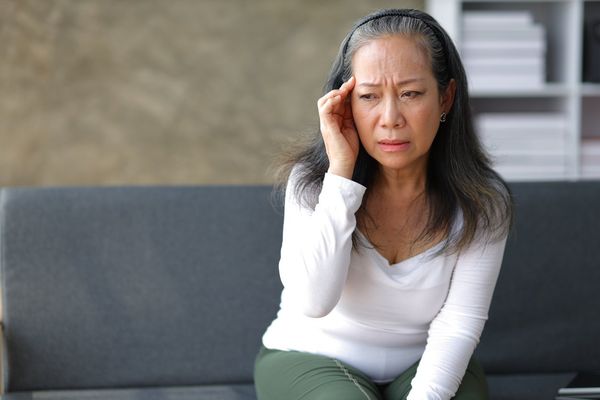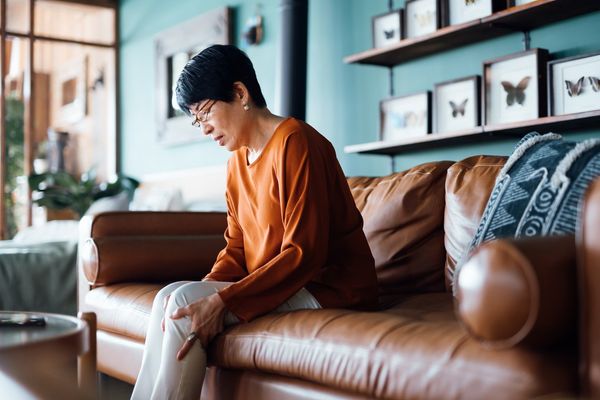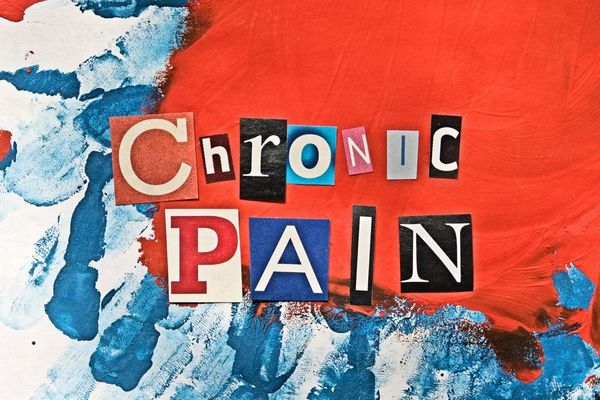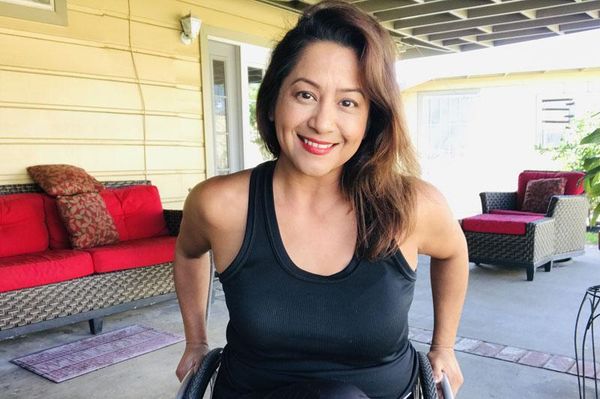In 1999, Lisa Schmidt went to see her doctor about headaches. But instead of diagnosing the migraine headaches Schmidt believed she was experiencing, the doctor thought she had a temporomandibular disorder (TMD, also commonly referred to as TMJ). He referred her to an orthodontist who could make a dental splint for her jaw. The splint locked her jaw, necessitating the first of 12 surgeries.
"I ended up on the surgery carousel," said Schmidt, now a patient advocate with the TMJ Association. Today, in addition to TMD and migraine headaches, Schmidt has also developed chronic neck and back pain, and was recently diagnosed with a joint disorder associated with chronic pain, Ehlers-Danlos syndrome. "It's been a hellacious ride," she said.
Millions of Americans, mostly women, have chronic overlapping pain conditions, or COPCs, like Schmidt. "Women bear the burden of chronic pain compared to men," said Monica Mallampalli, senior advisor for scientific and strategic initiatives at HealthyWomen.
Common COPCs include combinations of TMD, fibromyalgia, irritable bowel syndrome, vulvodynia, chronic fatigue syndrome, painful bladder syndrome, endometriosis, chronic tension-type headache, migraine or chronic lower back pain. Scientists don't fully understand the underlying causes and mechanisms of COPCs, but it's thought that a combination of genetic and environmental factors make some people more susceptible.
The wide variety of possible COPC combinations means that COPC patients can present with a wide array of symptoms. But common symptoms are fatigue, sleep issues, cognitive problems, mood disturbances and physical dysfunction that result from, or add to, the pain.
Diagnosis and treatment
Women with chronic pain conditions commonly face doubt from health care providers and receiving the right diagnosis can take years. Black women with pain often face the added challenge of racial bias, which can lead to further barriers to treatment and diagnosis.
"We did a survey at HealthyWomen last year and we found at least one-third of women said that their health care providers did not take their pain seriously," said Mallampalli. "A common thing is being told it's all in your head."
When Schmidt's pain didn't improve after her first few surgeries, her surgeon told her to get psychiatric help. "It started to be my fault," Schmidt said.
"I think the biggest impact is on [the patient's] mental health," Mallampalli said. "It's important to get the right diagnosis."
Having more than one pain condition can further muddle the picture. COPCs can affect different body systems, which means patients need to see multiple specialists.
"If you have a problem in your pelvic area, you go to one type of doctor, and if you have a problem in your jaw, you're going to another type of doctor," said Christin Veasley, co-founder and director of the Chronic Pain Research Alliance. She added that it's likely that those providers aren't communicating about their recommendations.
"It becomes this maze of conflicting information. It's not a rational, reasonable, approach," Veasley said. "It's like trying to throw a dart at a dartboard with a blindfold on and hoping you find something that sticks."
For some, medications can help. For others, massage therapy and acupuncture might offer relief. Still others may do best with a combination of pharmacologic and nonpharmacologic interventions. Because people with COPCs can present with any combination of conditions, and because not every treatment works for everyone, interventions need to be tailored to the individual.
What Veasley, Schmidt and other COPC advocates want is an approach that acknowledges how individual pain conditions might be interconnected in the body and that takes into account all the ways those conditions play a role in health and well-being.
"You need a team-based, interdisciplinary approach. Very few [clinicians] are asking about bodywide symptoms," Veasley said, who herself has COPCs. Clinicians might not ask about mood disturbances or sleep, for example, that can occur alongside COPCs. "I have struggled to find knowledgeable health care providers and treatments that have been effective," she said.
Currently, there are only about 4,600 pain specialists in the United States and far fewer pain centers that offer a multifaceted approach to treatment. Additionally, COPCs haven't been a research priority and have only received recognition in the past decade. There are few rigorous studies evaluating COPC outcomes and treatments. But there has been some progress.
"This term chronic overlapping pain conditions didn't exist 10 years ago, and it does now," Veasley said, adding that there is more awareness in the medical community about the interconnectedness of conditions.
Conducting more research remains critical. Without that data, clinicians can't recommend evidence-based treatments.
Living with pain
While many chronic pain conditions are not life-threatening, they can be debilitating, which is why researching treatments is crucial. At the age of 30, Schmidt had to turn away from her career at NASA, where she had been training astronauts on hardware used during the space station and shuttle missions, to confront her health problems. The pain and resulting fatigue from those problems make it difficult for her to carry out everyday tasks such as cooking dinner.
"People don't understand that it's taxing on the body," Schmidt said.
People living with pain also deal with stigma. "We have these beliefs in our society about pain, that pain is just weakness leaving the body, or mind over matter — as if you can think your way out of having a disease," Veasley said.
To cope, people with chronic pain develop their own strategies, pursuing passions and distractors. For Veasley, that's photography. "When I'm out in the sunset taking pictures, it does distract from the physical pain, even for a short period of time," she said.
For Schmidt, focusing on positivity and her work as a patient advocate helps her cope. "That gives me purpose and helps me to keep going."

